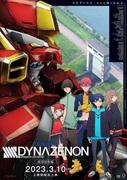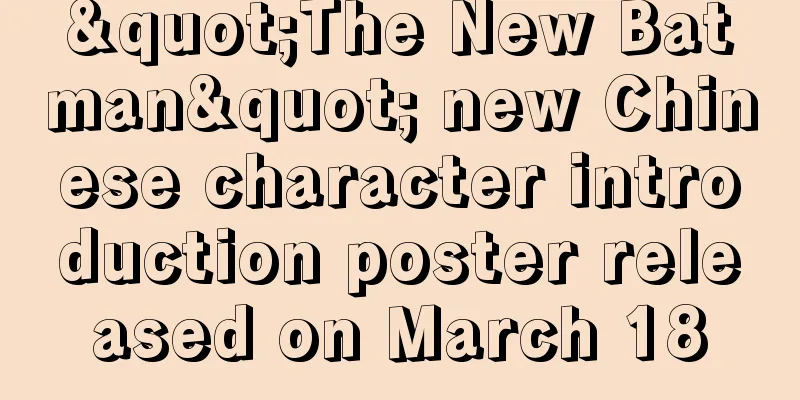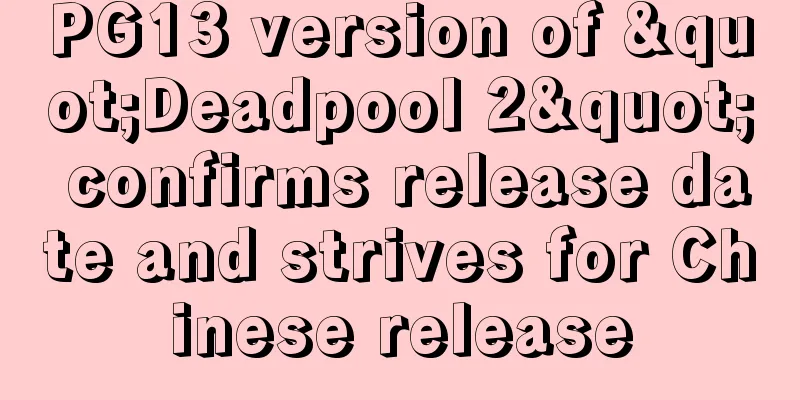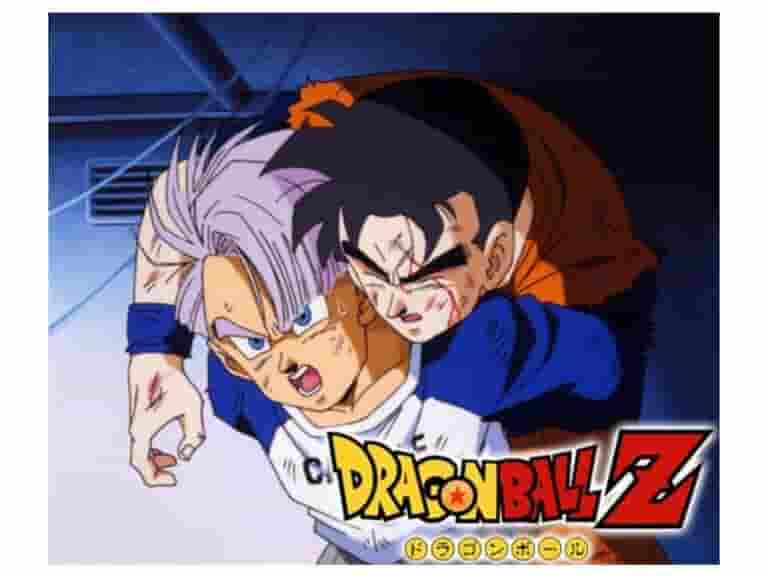The appeal and reputation of Sengoku BASARA: A fusion of history and action
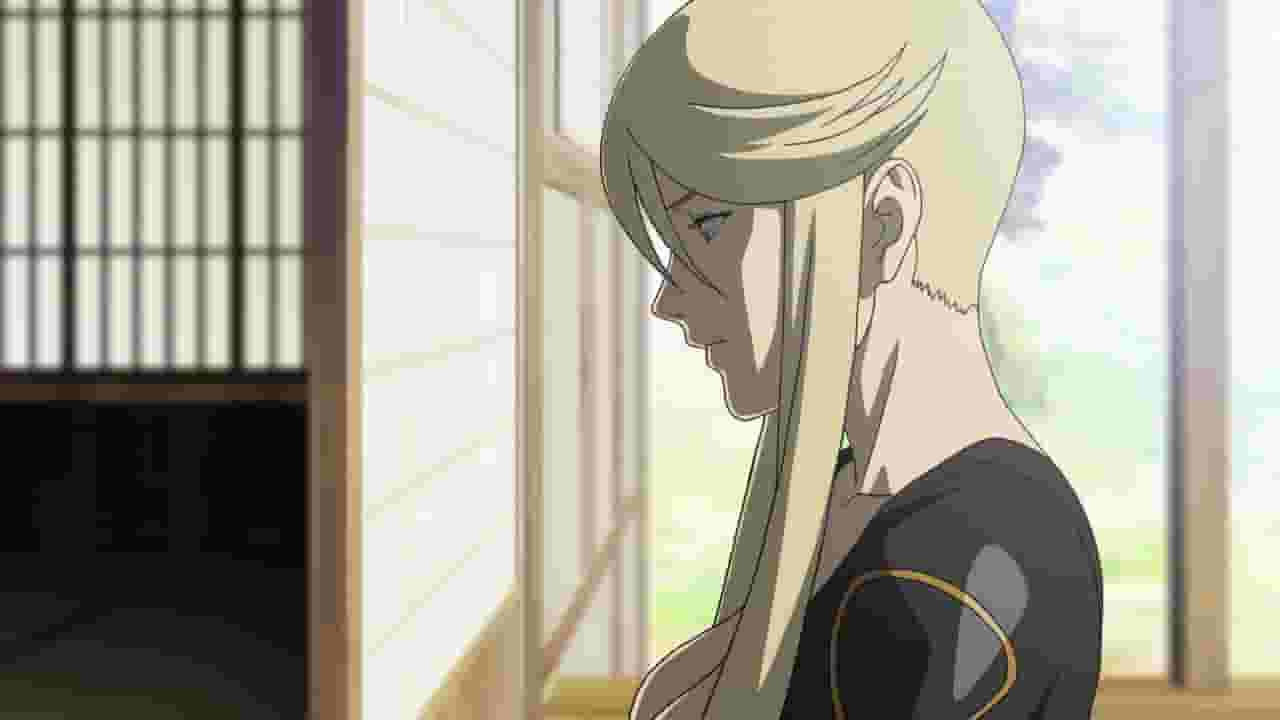
The appeal and reviews of Sengoku BASARAIntroductionThe TV anime series "Sengoku BASARA," based on the action game "Sengoku BASARA" set in the Warring States period, aired from April 1 to June 17, 2009. The original game's excessive charisma and dramatic battle scenes were faithfully reproduced in the anime, captivating many fans. In this article, we will take a closer look at the appeal and reviews of "Sengoku BASARA," as well as related works and recommended points. storySengoku BASARA is set in the Warring States period, a time of warring factions. As warlords fighting to unify the country fight all over the country, Oda Nobunaga, the Sixth Demon King of Owari, tries to take control of the world with overwhelming military force and tyranny through fear. However, as dark clouds gather, Date Masamune, a one-eyed man clad in blue clothing, appears from Oshu. To fulfill his ambition, he sets out to unify the world. Masamune's first goal is Kawanakajima, where the Tiger of Kai, Takeda Shingen, and the God of war, Uesugi Kenshin, will face off against each other. There, Masamune meets his sworn rival, Sanada Yukimura, and a fierce battle ensues. The story follows the course of who will rule this chaotic and turbulent era. characterThe appeal of Sengoku BASARA lies in its characters. The main characters are introduced below. Date MasamuneA charismatic young man from Oshu who aims to rule the country. He is nicknamed "One-Eyed Dragon" due to the sharp eye that peeks out from his crescent moon helmet. He has mastered the swordsmanship known as "Six-claw style," and when he encounters an opponent worthy of his full power, he wields all six of his swords to annihilate the enemy. Masamune's charisma and battle scenes are particularly impressive in the anime, and are a major factor in drawing viewers in. Sanada YukimuraA young warrior who respects Takeda Shingen like a father. When he encounters a strong person, his heart is fired up and he has a fiery spirit that cannot help but challenge them. Later, he clashes with Masamune on the battlefield, and they come to recognize each other's strength and become strongly aware of each other as rivals. The contrast between Yukimura's hot-blooded personality and Masamune adds depth to the story. Katakura KojuroA military commander who serves Masamune. He is called Masamune's "right eye" because he protects his lord's back and is prepared to risk his life in times of crisis. Although he is a quiet, calm and collected person, he is deeply trusted because he is loyal and compassionate and never behaves in an unethical manner. Kojuro's loyalty and calmness are important factors that support Masamune's actions. Takeda ShingenThe head of the Takeda clan who governed the province of Kai. He was a brave warrior and a cunning strategist, feared by enemy nations as the "Tiger of Kai." He had a master-disciple relationship with his subordinate, Sanada Yukimura, and watched over his growth with strictness yet kindness. The story depicts Shingen's side as a strategist and his affection for Yukimura as a mentor. Sarutobi SasukeHe is the leader of the Sanada Ninja Corps, who serves Sanada Yukimura. He has a carefree attitude and a light-hearted tone, and often behaves in a way that is unbecoming of a ninja, such as teasing his enemies, but he is highly skilled as a ninja, and his reliable work ethic has earned him the trust of Yukimura and Shingen. Sasuke's humorous character provides a breath of fresh air in the midst of a heavy story. Kenshin UesugiNicknamed the "God of War," Kenshin is the head of the Uesugi clan and the ruler of Echigo. He has a handsome face and a graceful physique, but when he steps onto the battlefield, his fighting style is like that of Bishamonten, keeping the enemy at bay. He raises his troops to settle things with Shingen and ensure peace in Echigo. Kenshin's beauty and strength leave a strong impression on viewers. KasugaA beautiful kunoichi who serves Uesugi Kenshin. She was once a ninja who was ordered to assassinate Kenshin and infiltrate Echigo, but after seeing Kenshin's beauty and rare humanity, she was convinced and swore loyalty to him. She is highly skilled as a ninja, with skills including assassination and information gathering. Kasuga's beauty and strength further enhance Kenshin's charm. Keiji MaedaA freedom-loving wanderer of the Maeda family. He is the nephew of Maeda Toshiie and his wife Matsu. He believes that the world can only be ruled if people are happy, and travels around the country to visit warlords in order to oppose the invasions of the cruel and ruthless Oda Nobunaga, who is tormenting the people. Keiji's free-spirited personality and rebellious spirit against Nobunaga resonate with viewers. Toshiie MaedaThe head of the Maeda family, Toshiie loves his wife Matsu very much. His bold and straightforward personality makes him the perfect target for his mischievous nephew Keiji to tease. His body is covered in countless sword scars, proof of the many battles he has gone through. Toshiie's boldness and love for Matsu make him well-liked by viewers. pine treeA reliable wife who supports Maeda Toshiie. The couple has a good relationship and are known as a loving couple. She is the only person who can scold her nephew Keiji, and when she finds him out playing around, she scolds him and tells him to do his best for the Maeda family. Matsu's reliable side and her love for Toshiie are moving to the viewers. Tokugawa IeyasuThe head of the Tokugawa clan, who rules Mikawa. He is a kind-hearted man who commands Honda Tadakatsu, known as the strongest man in the Sengoku period, and is extremely trusted by him. He has allied with the Oda clan and is content to be under their control, but in his heart he has vowed to create a peaceful world with his own hands and is waiting for an opportunity. Ieyasu's kind-hearted side and desire for peace resonate with viewers. Imagawa YoshimotoThe head of the Imagawa clan. He is a confident man with a strong sense of emotion, but because he puts his own preservation first, he is not trusted by his retainers. He pretends to be a refined man as he watches the turbulent times, but when he senses the momentum for unifying the country from all over, he aims to go to Kyoto without giving it much thought. Yoshimoto's confident side and his obsession with preserving himself arouse resentment among viewers. Nagamasa AsaiNagamasa is the head of the Azai clan, which governs Omi. He is married to Nobunaga's younger sister, Oichi. He believes in adhering to justice, and in the name of justice, he brings down the hammer on those he considers evil. However, he is so convinced of his own justice that he can be inflexible. Nagamasa's sense of justice and inflexibility simultaneously evoke both sympathy and resentment from viewers. OichiOichi is Nobunaga's younger sister, married to Azai Nagamasa. Her self-deprecating behavior is noticeable due to her guilt for not being able to stop her brother and her fear of having the same demon king blood in her as her brother. Her melancholy gaze and bewitching beauty bewitch and fascinate the viewer. Oichi's self-deprecating behavior and beauty leave a deep impression on viewers. NohimeA bewitching woman who is the wife of Oda Nobunaga. She loves Nobunaga deeply and works hard to unify the country. To achieve this, she is willing to stain her hands with blood and become a demon. She wields firearms such as two pistols and a Gatling gun to wipe out her enemies. Nohime's bewitching charm and strength leave a strong impression on viewers. Ranmaru MoriA boy who serves Oda Nobunaga. He has a cheerful personality and is devoted to Nobunaga. When faced with an enemy camp, he will innocently shoot down the enemy with his bow, which he is very good at. On the other hand, he hates being treated like a child, and can be rude to those who are his superiors. Ranmaru's cheerfulness and rudeness are well liked by viewers. Mitsuhide AkechiOne of Oda Nobunaga's subordinates. Although he has a polite demeanor, he hides a sinister insanity. He enjoys inflicting physical and mental harm on others, and derives pleasure from watching them writhe in agony. He wields a deadly blade, aiming to bring about a world of screams and cries of hell. Mitsuhide's madness and cruelty leave a strong impression on viewers. Oda NobunagaA demon king of the Warring States period who calls himself the Sixth Demon King of Heaven and seeks to unify the world through fear and slaughter. He has a cold-hearted and cruel personality, and an evil spirit that overwhelms those who oppose him, and he shows no mercy to those who stand in his way of unifying the world, even if they are his own family. Nobunaga's cold-heartedness and cruelty leave a strong impression on viewers. Production StaffThe anime production for Sengoku BASARA was handled by Production IG. Itsuro Kawasaki was the director, Yasuyuki Muto was in charge of series composition, and Toru Okubo was in charge of character design. Hiroyuki Sawano was in charge of music, and many other great artists also participated in the theme songs and insert songs. The main staff members are listed below. original workThe anime is based on the "Sengoku BASARA" series by Capcom, and was supervised by Hiroyuki Kobayashi and Makoto Yamamoto. The world and characters of the game were faithfully reproduced in the anime, making it a beloved work by fans. directorKawasaki Itsuro is well known for his action scene direction, and he showed his talent in Sengoku BASARA. The power of the battle scenes and the movements of the characters leave a strong impression on the audience. Series CompositionYasuyuki Muto has successfully adapted the story of the original manga into an anime and conveyed it in an easy-to-understand way to viewers. He carefully portrayed the emotions and relationships of the characters, giving the story depth. Character DesignToru Ohkubo has created an appealing portrayal of the characters from the original work in the anime, with the designs of Masamune and Yukimura in particular leaving a strong impression on viewers. musicHiroyuki Sawano provided music that matches the worldview of Sengoku BASARA. He expresses the tension of the battle scenes and the feelings of the characters through music, enhancing the emotions of the viewers. The theme songs and insert songs are also performed by a number of famous artists, further enhancing the appeal of the work. Broadcast informationSengoku BASARA was broadcast from April 1st to June 17th, 2009. It was broadcast on the CBC, MBS, and TBS affiliates, and the broadcast times differed for each station. The broadcast schedule is shown below. Broadcast periodApril 1, 2009 - June 17, 2009 Station and time
episodeSengoku BASARA consists of 12 episodes, each with a different subtitle. Below are the subtitles and broadcast dates for each episode. subtitle
Theme songs and musicA number of impressive artists have participated in the theme songs and insert songs for Sengoku BASARA. Below are some of the main songs. Opening Theme
Ending Theme
Insert song
Related TitlesThere are many related works to Sengoku BASARA. The main related works are introduced below. Anime series
Spin-off works
Movie version
Evaluation and recommendation pointsSengoku BASARA has been highly praised not only by fans of the original game, but also by anime fans. Below are some reviews and recommended points. evaluationSengoku BASARA has become a beloved series among fans, faithfully recreating the worldview and characters of the original game in the anime. The intensity of the battle scenes and the charisma of the characters leave a strong impression on viewers. The music and theme songs also enhance the appeal of the series and stir the emotions of the viewers. The series structure and character design are also excellent, adding depth to the story. Recommended points
summarySengoku BASARA is a work that has captivated many fans by faithfully recreating the worldview and characters of the original game in the anime. Various elements such as the power of the battle scenes, the charisma of the characters, the music and theme songs, the series structure and character design, etc. enhance the appeal of the work. For those who want to enjoy an action anime set in the Sengoku period, this is a work that we highly recommend. |
<<: The appeal and reviews of "Shinkyoku Soukai Polyphonica Crimson S": A fusion of music and story
Recommend
Reports indicate that the director of the John Wick series had to reshoot most of the scenes in the spin-off "Ballerina"
The "John Wick" spin-off movie "Jo...
The new Chinese trailer for the movie "Digimon: The Last Evolution" is released and will be released on October 30
The Digimon 20th anniversary movie "Digimon:...
The appeal and reviews of "Macross F": A moving world created by the fusion of song and battle
The appeal and evaluation of Macross F - Macross ...
The 18-year classic is back! The latest trailer for the new version of the animation "Fruits Basket"
The new animated version of the classic manga &qu...
Bunbuku Chagama: What is the appeal of this classic anime that combines tradition and humor?
"Bunbuku Chagama" - A moving film versi...
The appeal and reviews of Ojarumaru Season 18: A story of new adventures and growth
The appeal and evaluation of the 18th series of &...
Pixar's Inside Out 2 is a huge success, grossing over $1 billion worldwide
According to foreign media Variety, Pixar's &...
Chengdu Cinema launches lunch break service, the person in charge says it is not for profit
The domestic film market has been relatively slug...
Linebarrels of Steel: A fusion of mecha action and youth
Linebarrels of Iron - Kurogane no Linebarrel - Re...
To mark the 60th anniversary of the James Bond film series, several classic Bond cars are being auctioned off for charity
September 28th will be the 60th anniversary of th...
Voice actress Ozawa Ari announced her marriage today on her birthday, and her partner is a musician
On August 10, the famous Japanese voice actor Ari...
"Golgoku 13" Volume 201 will be released on July 5th, surpassing the world's longest volume of Ulong Police Station
Currently, the longest-running comic in the world...
Details of the completely new animation of "Spice and Wolf" will be released at 18:00 tonight
Today (June 29), the latest information about the...
A thorough analysis of the charm and profound worldview of "Mushishi"! A review packed with recommended points
"Mushishi": A masterpiece anime depicti...
The Chinese promotional video for the 20th anniversary movie of "One Piece" is released. Believe in it and protect it with all your strength!
Today (October 11), the official release of the C...


